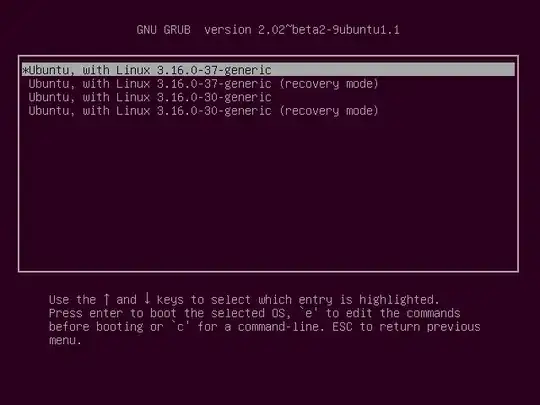I recently installed Ubuntu. Everything was working just fine until I wanted to change the selected driver for my laptop (Lenovo Y50) under the Additional Drivers tab in settings.
I added the ppa: graphics-drivers software source and then I selected the latest available driver. I don't remember the version. Then I proceeded to restart my computer, but now it just gets stuck at a black screen with the message /dev/sda2: clean, 290961/14106624 files, 4246276/56401920 blocks.
I can't use the CTRL + ALT + F1 (or F2...etc) shortcut, literally nothing happens when I try.

